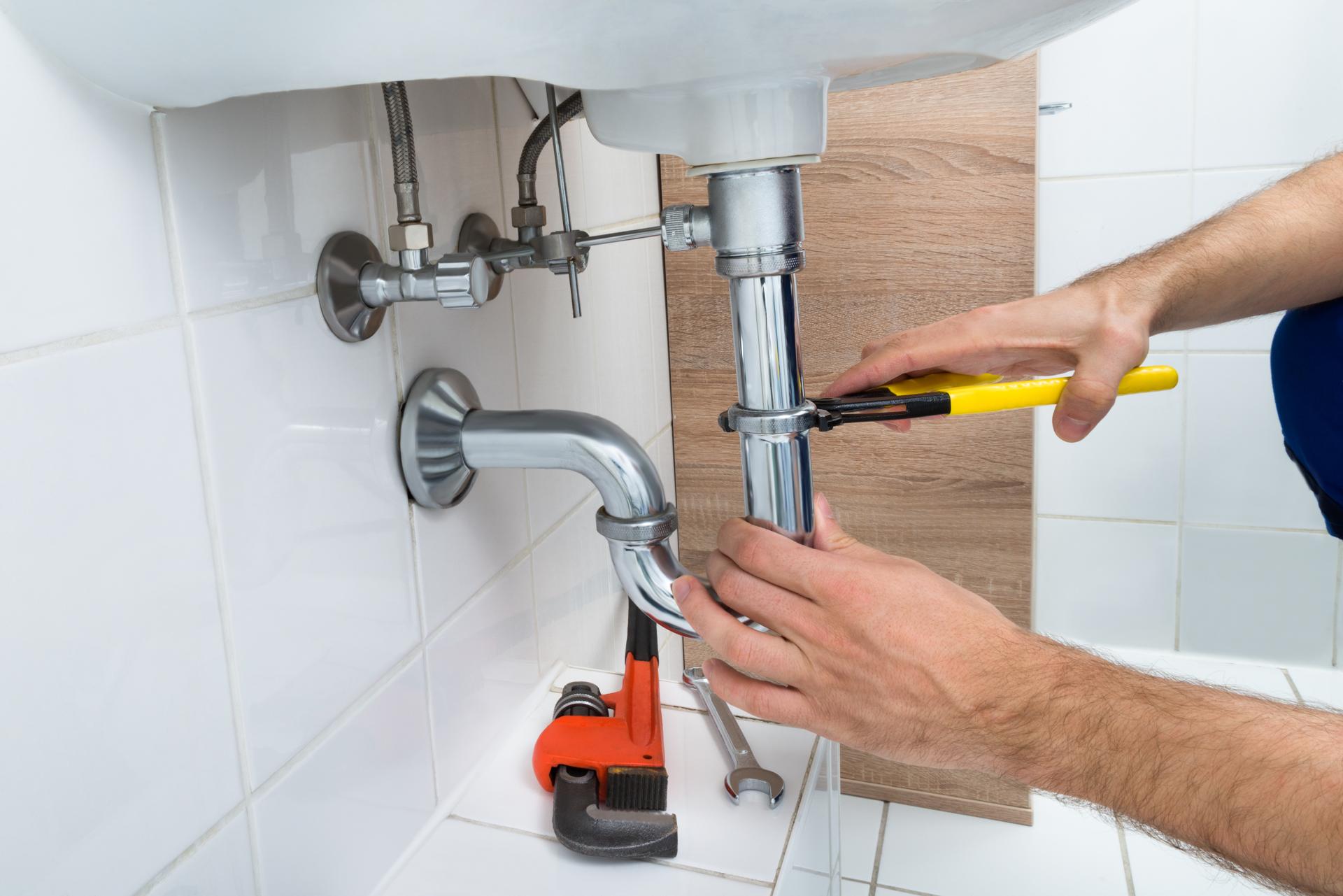When it's Time to Replace Your Plumbing and What You Should Anticipate

Plumbing is an essential component of any house, providing us with clean water to drink, cook and for cleaning, as well in the process of disposing of wastewater. But, just like every other system in your home plumbing is prone to become worn out and need replacement.
Knowing when it’s time to replace your plumbing is essential to prevent costly repairs and prevent health hazards. This article will talk about the signs that indicate that your plumbing requires to be replaced, factors to consider prior to replacing your plumbing the procedure for replacing your plumbing, the benefits that come with replacing your plumbing, and a FAQ section to address any concerns you may have.
The signs that it’s time to Replace Your Plumbing
There are many signs that indicate the plumbing in your home needs to be replaced, including: Leaks When you notice the presence of water stains or puddles on your home, it’s a indication of a leak in your plumbing. Leaks can cause severe structural damage to your home and can lead to the growth of mold which is why it’s crucial to take action immediately. Rust: Rusty pipes are evident that your plumbing requires to be repaired or replaced. Rust can contaminate the water supply in your home, making it unsafe to consume or cook with. Low water pressure: If your faucets and showerheads produce low flow of water is a sign of low pressure in the water that can be caused by blocked pipes or corroded pipes. Water discoloration: Discolored water like yellow or brown, could be the result of sediment or rust in your pipes. It can alter the taste and the quality of your water. It may also be a sign of the need for a plumbing repair.
Factors to Take into Account Before Replacing Plumbing
Before replacing your plumbing, there are a variety of factors to consider, including the age of your plumbing system: Plumbing systems have a lifespan of approximately 50 years, so when your house is more than this, then it’s probably time for a replacement. Cost of replacement: Replacing your plumbing can be costly, and it is important to plan for the expense. The severity of the plumbing issue If the plumbing issues are severe and affecting multiple parts of your house replacing it could be the best option.
What to Expect During the Plumbing Replacement Process
The plumbing replacement process involves several steps, including shutting off the water supply Your plumber will have to stop the supply of water to your residence to prevent any leaks or water damage. Removing old pipes: Old pipes will need to be removed. This may require cutting into floors or walls. Installing new pipes New pipes are installed, which may require rerouting to ensure proper water flow. The time frame for the replacement of plumbing will be based on the size of your home and the complexity of the task. The homeowners can anticipate some disruption during the project, which could include water shut-offs and potential damage to walls and floors.
Benefits of replacing plumbing
The replacement of your plumbing has many advantages, such as: Increased water efficiency Plumbing pipes and fixtures have higher efficiency, reducing the use of water and your energy bills. Better water quality: Replacing older, corroded pipes new ones will improve the water quality, making it safer to drink and cooking. Lower risk of plumbing problems The new plumbing will be less likely to create blockages or leaks, thus reducing the requirement for costly repairs in the near future.
Conclusion
Removing your plumbing is an expensive purchase, but it’s vital to ensure the safety of your home and security. When you are aware of the signs that tell you your plumbing is in need replacing, considering the elements that influence replacement and knowing what you can anticipate during the replacement process, you’ll be able to make an informed decision about your home’s plumbing. Be aware that replacing your plumbing can provide a variety of benefits, including increased efficiency in water use, improved water quality, and reduced chance of developing future plumbing issues.
FAQ Section
How much does it cost to replace the plumbing?
The cost to replace your plumbing will vary based on several factors, including the size of your home as well as the complexity of the job, and the type of materials employed. In the average, homeowners can expect to pay between $5,000 to $10,000 for a complete plumbing replacement.
How long will it take to replace plumbing?
The timeline for plumbing replacement will vary based on the size of your home as well as the complexity of the task. A typical whole-house plumbing repair can take anywhere from two to four weeks.
Do I need to replace my plumbing if I have an issue with my plumbing?
If you’re experiencing a single pipe leak system, it may not be a need for a complete replacement. If you’re experiencing multiple leaks , or observe other indications of plumbing issues, replacement may be the best option.
Can I repair my plumbing myself?
Replacing your plumbing can be a difficult task that should be delegated to the expertise of a qualified plumber. Doing it yourself could result in costly errors as well as security risks.
What kind of pipes do I need to use for my plumbing replacement?
There are many types of pipes that are suitable for plumbing replacement, such as copper, PVC and PEX. Your plumber will recommend the most suitable type of pipes based on your needs and budget. In conclusion, replacing your plumbing is a crucial choice that must be taken by taking careful consideration. By understanding the signs that tell you that your plumbing is in need of replacing, taking into consideration the factors before replacement and understanding what to expect during the replacement process, you’ll be able to make an informed choice about the plumbing in your home. A skilled plumber can assist you in the procedure and ensure the success of your replacement of your plumbing.
